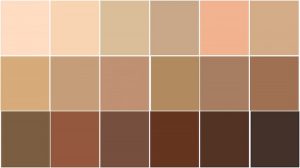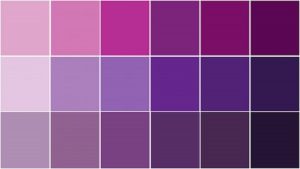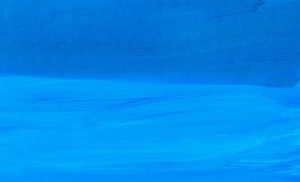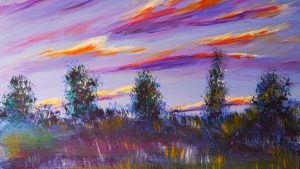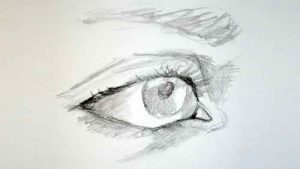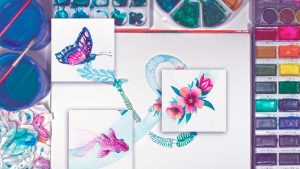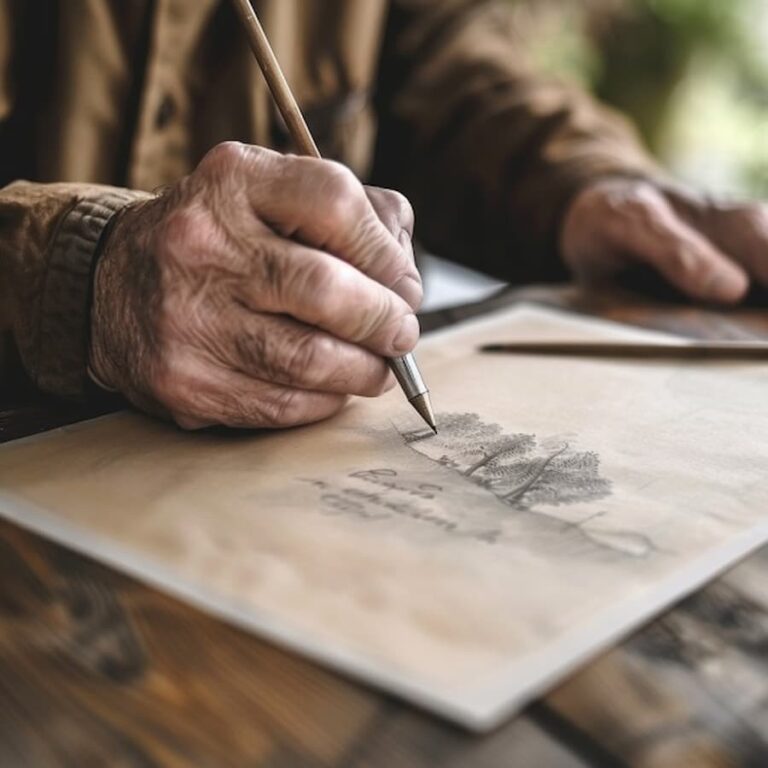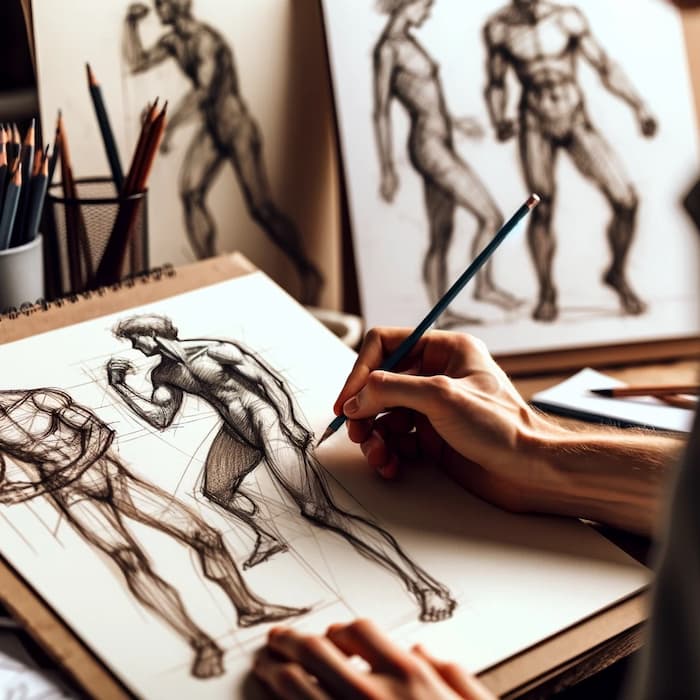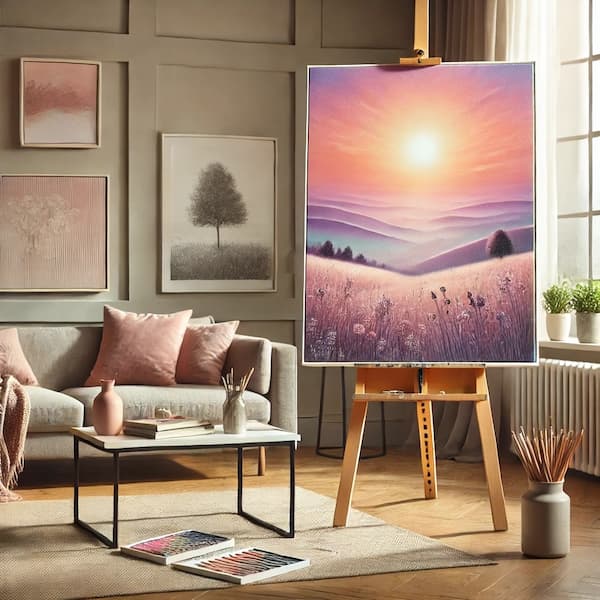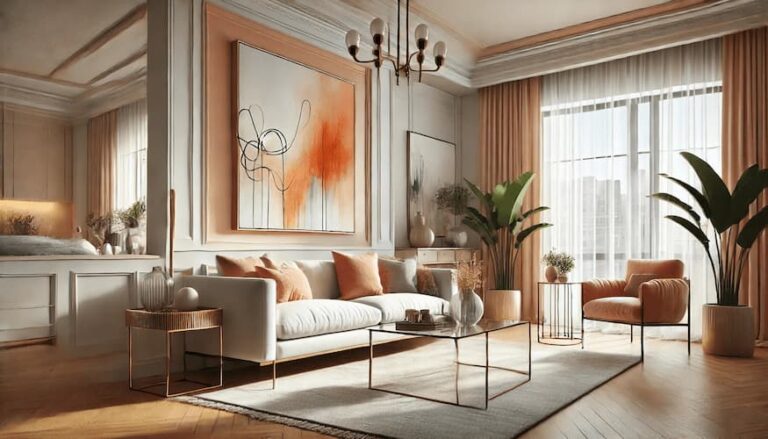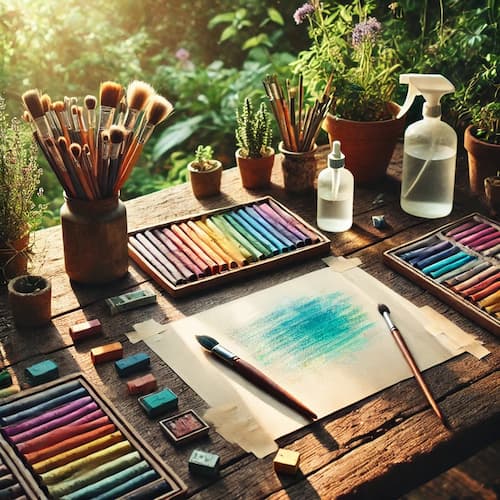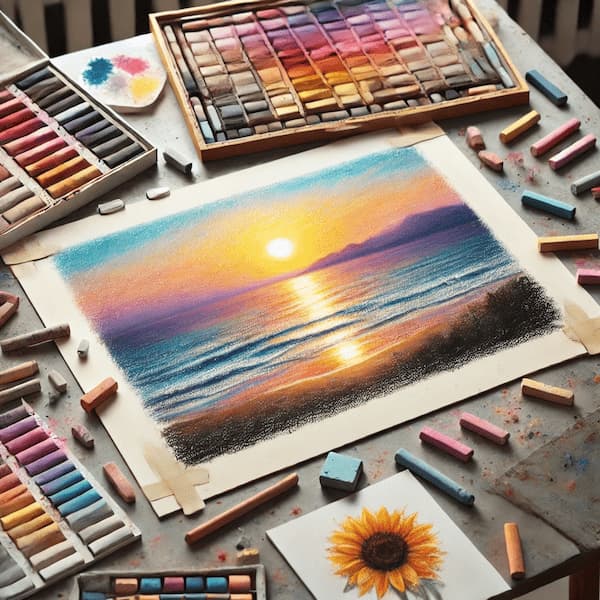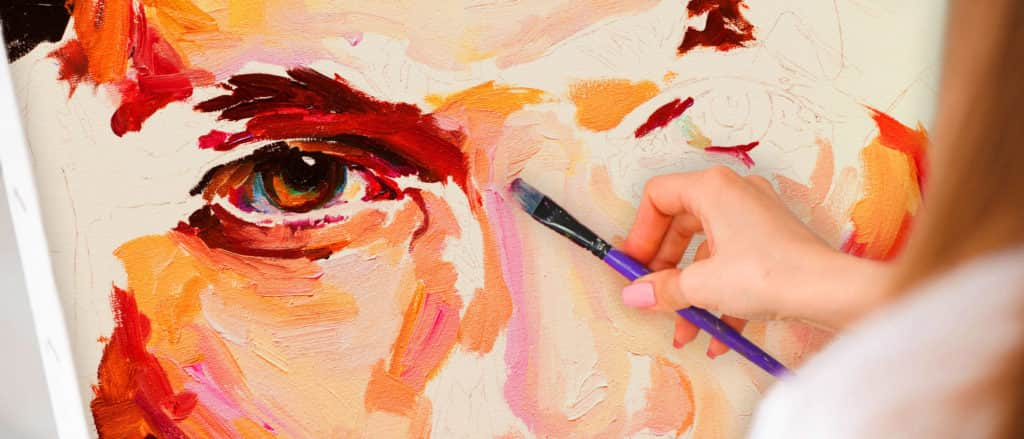Hello, artenauta! Today we are going to talk about a color so useful in our works, as little appreciated if we talk about preferences when choosing a color as “favorite” (although it is widely used both in interior and exterior design and clothing);The Brown Color .
In addition to knowing this color in depth, through aspects such as its meaning at a psychological level or its use in the world of art, we are going to explain how to make the color brown with different shades.
the brown color with different shades
to use it in your paintings.
Also learn how to make the colors:
First of all, we would like to clarify, before getting into the subject at hand today, that, although colloquially we refer to brown as a color (in fact, we are doing so in this article), it is not really a color, since pure colors (the ones we call color) are only those seven that we find in the rainbow (red, cyan, yellow, green, blue and violet), which in turn are contained in the color wheel (but, it should be noted that not all shades contained in the color wheel are colors, as some are actually transitions between pure colors).
Brown is not on the color wheel because it is not a color, but a broken tone, that is, the result of mixing two complementary colors (we will talk about this in the last point of this entry). So the correct way to refer to brown, if we want to be precise and technical, is as “tone” (“brown tone”, instead of “brown color”).
But, as we mentioned before, in this article we are going to refer to brown as a color to make it easier to understand and “understand each other better”. Once this has been clarified. Let’s get started!
Meaning and psychological connotations of the color brown
Brown is one of the colors most related to nature and more present in the world around us, being able to find it under our feet (in the earth we walk on), around us (in the trunks of trees, dry leaves …).
Perhaps because it is found everywhere, but “without making much noise” or because it is closely related to the natural world, but every vegetable becomes “brown” as it withers, it has a very ambiguous psychological interpretation.
We speak of ambiguity because, on the one hand, the color brown is related to strength, vigor, dignity, solidarity, maturity and classic, but, on the other hand, we can also relate this color to bitterness, boredom, discouragement or withered.
Given this great variety of opposing meanings, we will have to play with the rest of the colors, lights, shadows, figures to be represented… to emphasize the effect we want the brown to transmit to our work and make it reach the viewer.
That is to say, we are going to play with all the components of our work so that they communicate in the same direction (if, for example, I want to make the color brown with oil or I want to convey a message of sadness and desolation, I can accompany the brown with other cold tones, such as blue; also relying on static figures, little or no dynamics).
Use of the color brown in art
Since prehistoric times, the use of the color brown in the world of art has been continuously present in works of art of all kinds:
- Already in prehistoric times, umber (a natural clay-based pigment composed of iron oxide and manganese oxide) was used to paint cave paintings on walls.
- In ancient Egypt this shade was used for tomb decoration. the use of color.
- During the Renaissance, Raphael and Da Vinci, among others, used the color sepia, discovered earlier by the Greeks.
- Widely used also in contemporary works of art; in fact, at the end of the 20th century, it became fashionable among many of the artists of the time, such as Gauguin.
- Widely used also in contemporary works of art; in fact, at the end of the 20th century, it became fashionable among many of the artists of the time, such as Gauguin.
We can assure that brown is a color widely used in art, due to its neutrality and ambiguity.
How to achieve the brown color by combining other colors
The color brown is very broad, it has so many shades that, in fact, artists refer to it as earth tones; that is, earth tones encompass all possible browns. The earth tones are all those brownish colors, with warmer, cooler, more yellowish tendencies…
Although you can obtain the brown directly through natural pigments such as natural Sienna earth or Tostado, we are going to show you different combinations to achieve the brown color.
First of all, before we give you some ideas on how to achieve brown, let’s go back to the idea that we stated at the beginning of this post: brown is a broken tone, not a color. To do so, we are going to define several concepts that we already saw in depth in the entry The basics of light and color in painting:
- Primary colors: they cannot be obtained by mixing other shades. There are 3: yellow, blue and magenta.
- Secondary colors: are those that are obtained by mixing two primary colors in the same proportion (for example, if we mix yellow and blue, we will obtain green, and if the mixture is yellow and magenta, we will obtain orange, both secondary colors).
- Tertiary colors: are obtained through the mixture, in different proportions, of a primary color and a secondary color adjacent (or close) to them, that is, not in the opposite position within the color wheel. For example, we can obtain, for example, a greenish blue or a purplish red.
- Complementary hue: the hue that is opposite another on the color wheel (e.g., green and violet).
- Broken tones: they are not colors, because they are not found within the chromatic wheel in which primary, secondary and tertiary colors are found, as they are saturated colors or light colors (the opposite of broken tones). They are obtained by mixing a color with its complementary, so that the saturated color is muted, "soured" or "yellowed", giving rise to more "real", "more mundane" tones, as in the case of brown.
Having clarified the above concepts, we want to emphasize that, depending on the amount you use of each pigment, the shade you get will be one or the other (the brown color).
the brown color
earth color, dark ocher…); as always, experiment without fear!
- It can be obtained by mixing the three primary colors. In theory, the mixture of yellow, blue and magenta produces black, but in reality, we obtain a very dark brown, whose shade and intensity will depend on the amount we use of each color.
- If you mix two complementary shades, that is, two opposite colors of the chromatic circle, you will get brown. For example, orange and blue.
- You can also mix two primary colors and add a secondary color to the mixture (which is the complementary of the color you have obtained with the mixture). For example, you can use blue and yellow to get green and then add red to get brown.
If you want to know much more about saturated colors, broken tones or how to mix them correctly to get the tones you are looking for in your works, discover our
Painting Courses
where you will study in depth
The Theory of Color and How to Apply It
so that you can achieve spectacular works.



